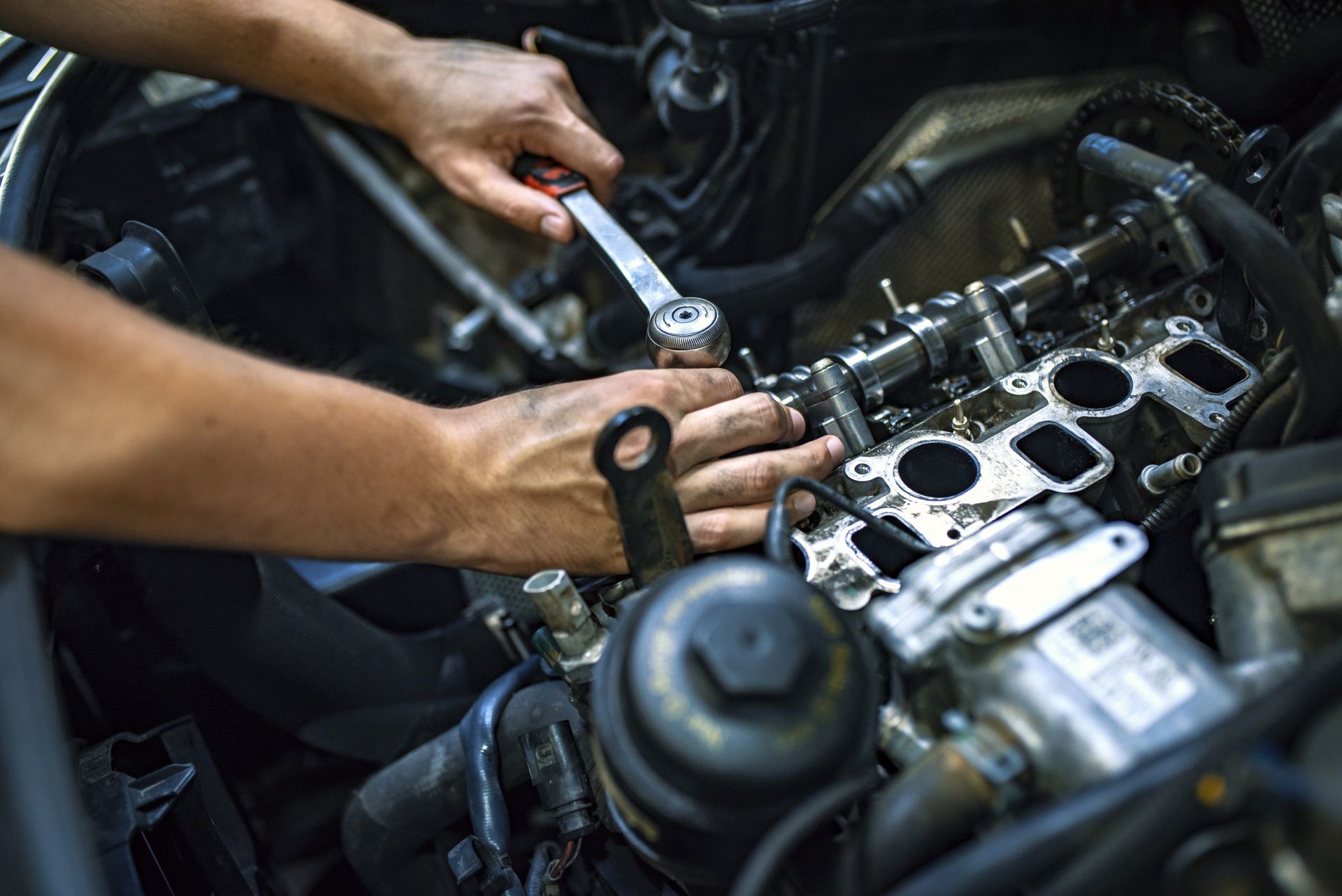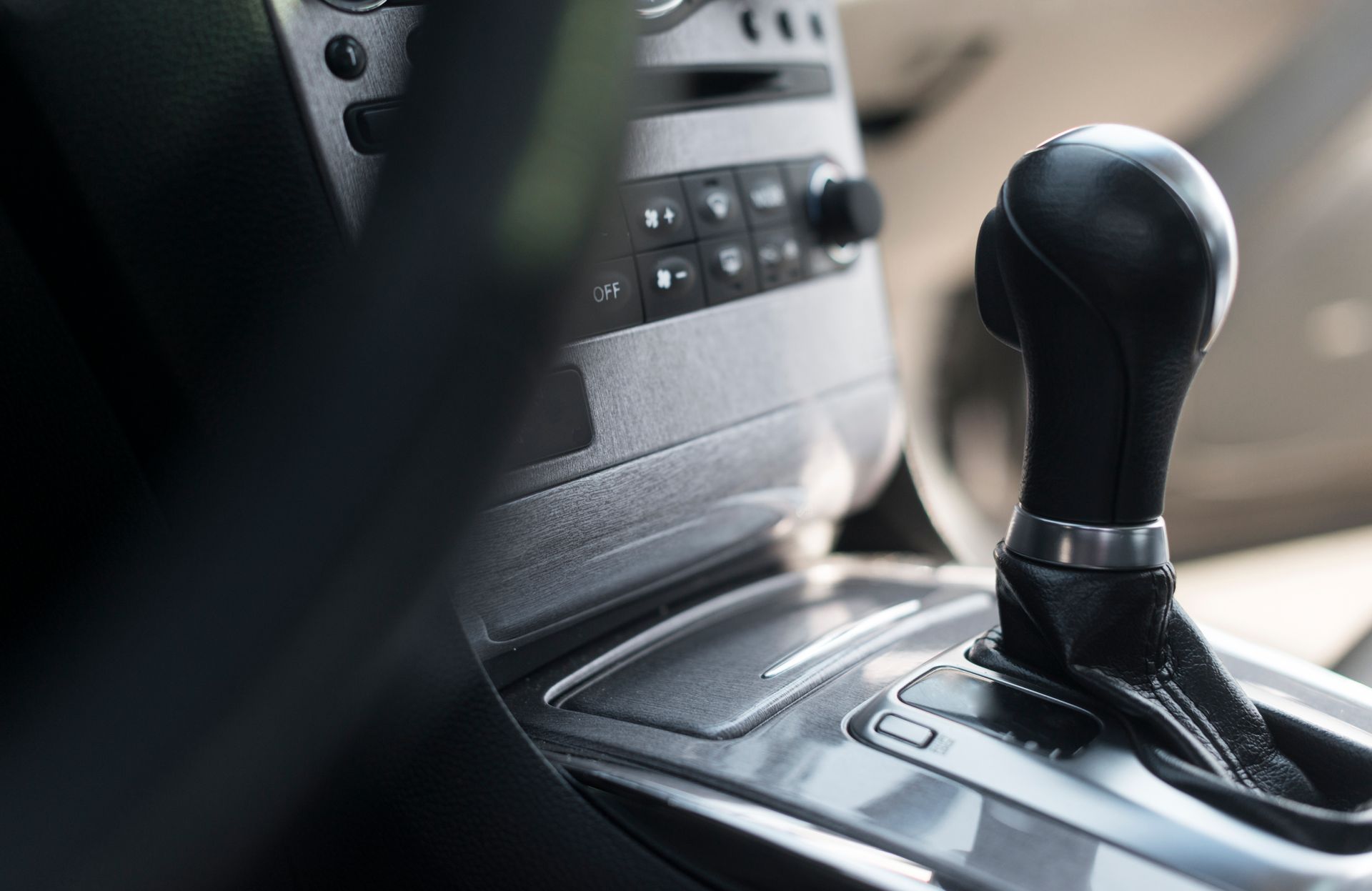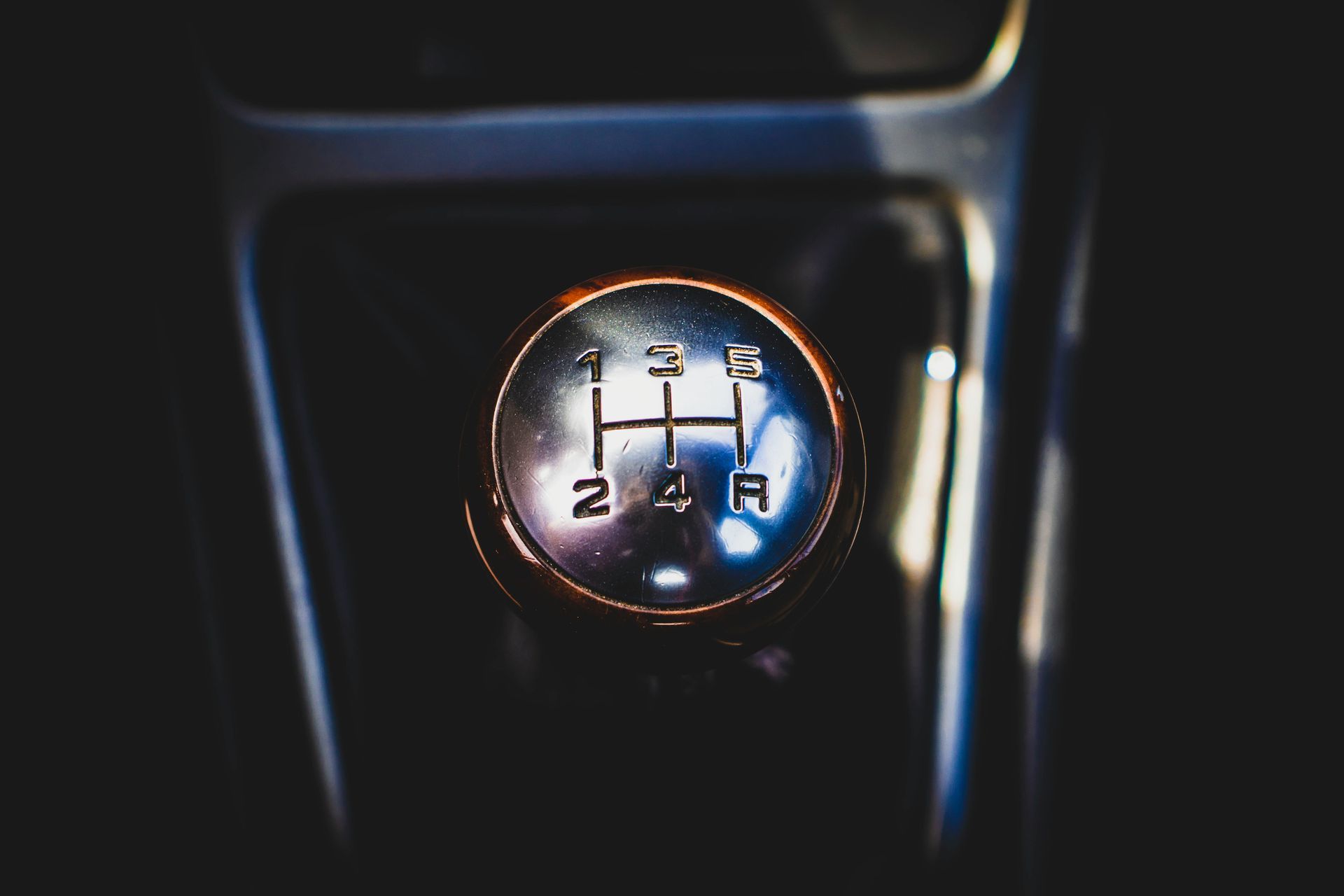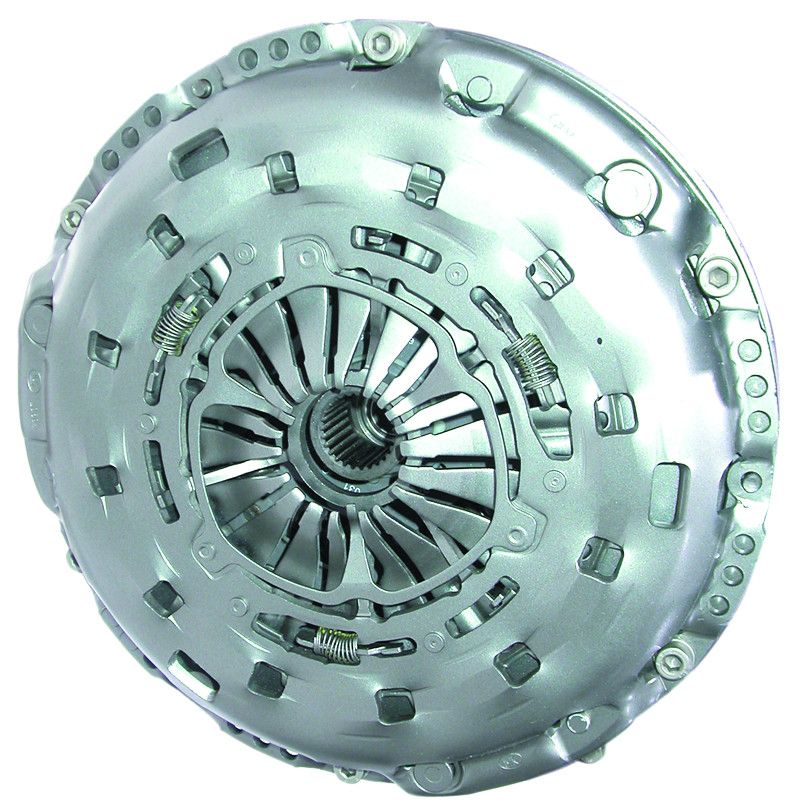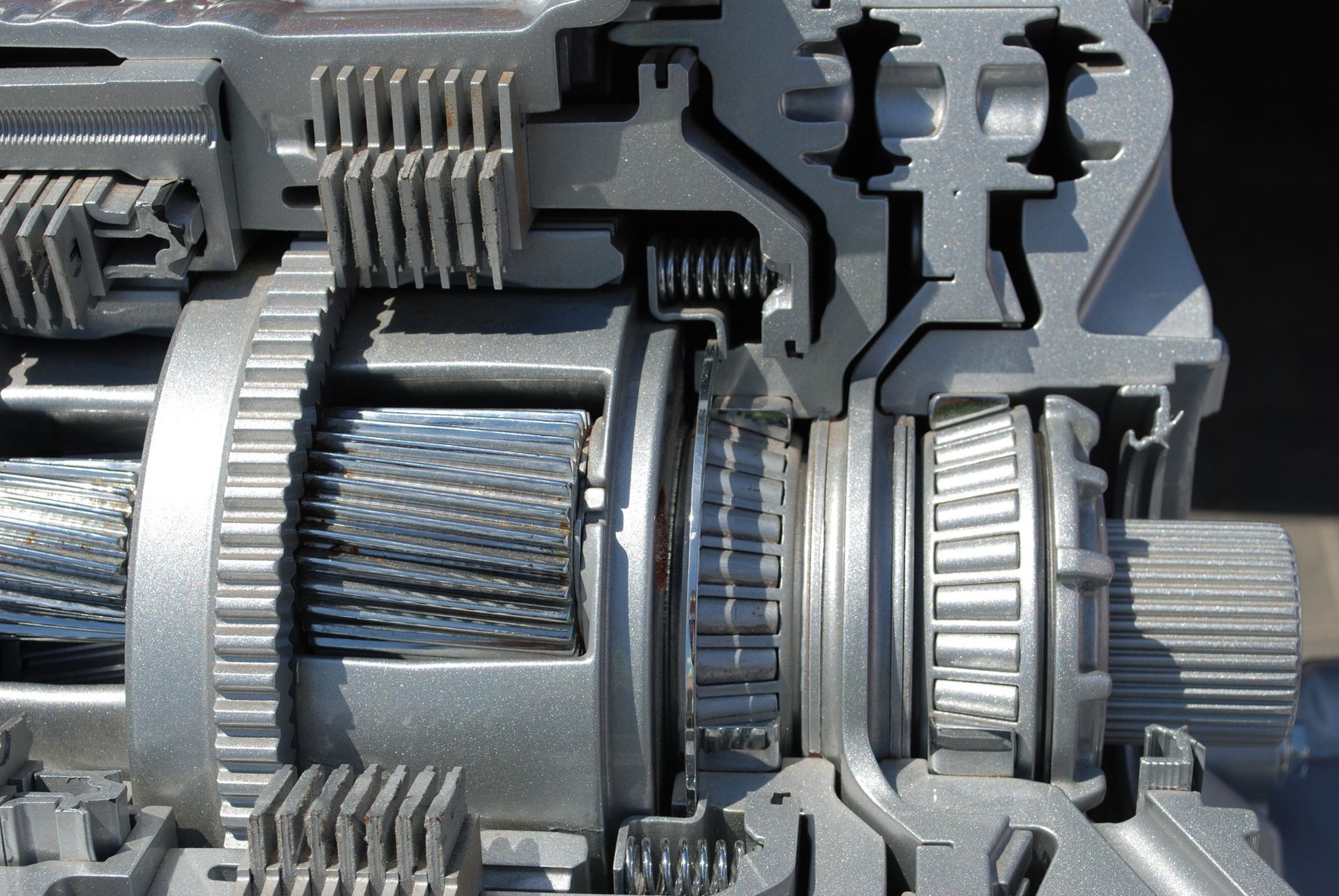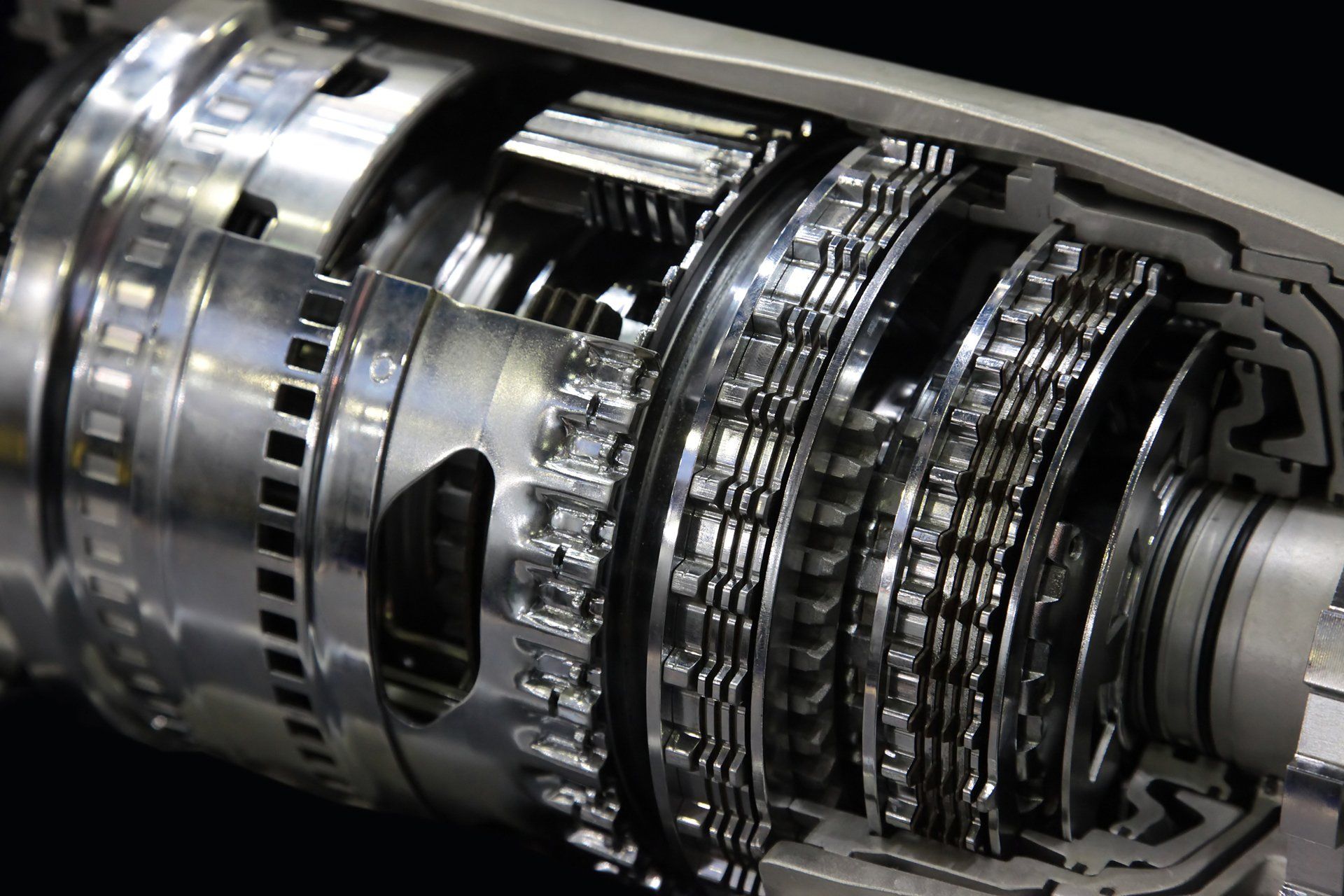Gearbox Servicing & Essential Maintenance: A Complete Guide
The gearbox, or transmission, is a crucial component of your vehicle, ensuring that the power generated by the engine is effectively transferred to the wheels. Despite its importance, gearbox maintenance is often neglected, leading to issues ranging from minor inconveniences like strange noises to severe problems like complete transmission failure. Regular gearbox servicing is essential to maintain optimal vehicle performance, ensure safety, and prevent costly repairs.
At Gearbox Specialists, we are committed to providing top-notch gearbox maintenance and repair services. Our skilled technicians are equipped to handle various gearbox types and models, ensuring your vehicle runs smoothly and efficiently. This guide will cover everything you need to know about gearbox servicing and maintenance so that, going forward, you can take proactive steps to extend the lifespan of your gearbox and your vehicle.
Understanding Your Gearbox
As a driver, you will likely have a basic understanding of what a gearbox is and how to operate it. The technicalities of exactly how a gearbox works and the purpose it serves is less well understood, however, so let’s take a closer look at this vital component.
What Is a Gearbox?
Put simply, a gearbox is a mechanical component containing gears that interact to control a vehicle’s speed, direction, and torque. The gearbox is part of the transmission system, along with the following components:
● The clutch
● The prop shaft
● The differential
● The final drive shafts
This system transfers power from the engine to the wheels, allowing the vehicle to accelerate, decelerate, and handle different driving conditions. Proper functioning of the transmission system is crucial for smooth driving, as failures can lead to issues like shuddering and shaking when switching gears.
There are two main types of gearboxes in vehicles:
● Manual Gearbox: Requires the driver to manually change gears using a clutch and gear stick.
● Automatic Gearbox: Automatically changes gears based on the vehicle’s speed and load conditions.
Each type of gearbox requires specific maintenance to ensure optimal performance and longevity.
Benefits of Regular Gearbox Maintenance
Regular maintenance of your gearbox is crucial for the health and performance of your vehicle. Key benefits of regular gearbox maintenance include:

Enhanced Performance
Smooth Gear Transitions: Regular servicing ensures that the gears shift smoothly without hesitation or grinding. This improves the overall driving experience, making gear changes seamless and reducing wear and tear on the gearbox components.
Efficient Power Transmission: Properly maintained gearboxes ensure efficient power transfer from the engine to the wheels, maximising fuel efficiency and enhancing vehicle performance. This efficiency translates into better acceleration and handling, particularly in demanding driving conditions.
Preventative Care
Early Detection of Issues: Routine inspections and maintenance allow technicians to identify potential problems before they escalate. This proactive approach helps in catching issues like worn gears, leaking seals, or deteriorating transmission fluid early, preventing them from becoming major, more costly problems.
Avoidance of Sudden Failures: By addressing minor issues during regular maintenance, the likelihood of unexpected gearbox failures is significantly reduced. This reliability is crucial for safe driving, as a malfunctioning gearbox can lead to dangerous situations on the road.
Cost Savings
Reduced Repair Costs: Regular maintenance helps in catching and fixing small problems before they require expensive repairs or complete gearbox replacements. By investing in routine maintenance, you save money in the long run by avoiding the high costs associated with major repairs.
Improved Fuel Economy: A well-maintained gearbox operates more efficiently, reducing the strain on the engine and improving fuel consumption. This leads to cost savings on fuel over time, making regular maintenance an economically wise decision.
Extended Lifespan
Longevity of Gearbox Components: Consistent maintenance helps in preserving the condition of the gearbox components, such as gears, bearings and seals. This prolongs their functionality and delays the need for replacements.
Overall Vehicle Longevity: A well-maintained gearbox contributes to the overall longevity of your vehicle. By ensuring that the transmission system operates smoothly, you reduce the overall wear and tear on the engine and drivetrain, extending the life of your vehicle.
Common Gearbox Issues
Understanding common gearbox issues can help you identify problems early and seek professional help. Some common issues include:
Gear Slippage: When the gearbox slips out of gear unexpectedly, it can be a sign of worn out gears or low transmission fluid.
Unusual Noises: Grinding, whining, or clunking noises can indicate issues with the gears, bearings, or fluid levels.
Leaking Fluid: Transmission fluid leaks can lead to insufficient lubrication, causing severe damage to the gearbox.
Difficulty Shifting Gears: If you experience resistance or difficulty when shifting gears, it could be due to worn-out components.
Burning Smell: A burning smell can indicate overheated transmission fluid, which needs immediate replacement.
Essential Gearbox Maintenance Tips
Proper maintenance involves regular checks and timely interventions to keep your gearbox in good condition. Here are some checks you can perform yourself to determine whether all is well with your gearbox:
Regular Fluid Checks and Changes
Transmission fluid is vital for lubricating and cooling the gearbox. Regularly check the fluid levels and top up if necessary. Changing the transmission fluid as per the manufacturer’s recommendation is crucial to prevent wear and tear.
Inspect for Leaks
Check for any signs of fluid leaks under your vehicle. Transmission fluid typically has a red, orange or brown hue, making it easy to spot. Address any leaks immediately to prevent damage.
Listen for Unusual Noises
Pay attention to any unusual sounds coming from your gearbox. Grinding or whining noises can indicate underlying issues that need professional attention.
Smooth Shifting
Ensure smooth and proper gear shifting. Difficulty in shifting gears can be a sign of a problem that requires immediate attention.
Regular Professional Servicing
Regular servicing by professionals like the team here at Gearbox Specialists can ensure that your gearbox is thoroughly inspected and maintained. Professional servicing includes checking fluid levels, inspecting the gearbox for wear and tear, and making necessary adjustments.
Gearbox Servicing Explained
A gearbox service is a comprehensive examination and maintenance procedure designed to keep your vehicle’s gearbox operating efficiently and reliably. We’ve collated all the important information you need to know about gearbox servicing, including the importance of regular servicing, the process we typically follow, and guidance on how regularly to schedule a service.
Why Is It Important?
Prevents Major Failures: Regular servicing helps identify and address minor issues before they escalate into major, costly problems.
Ensures Safety: A well-maintained gearbox ensures smooth and reliable vehicle operation, reducing the risk of accidents caused by transmission failures.
Maintains Performance: Regular servicing keeps the gearbox in optimal condition, ensuring efficient power transmission and smooth gear transitions.
Extends Gearbox Lifespan: Proper maintenance and timely repairs extend the lifespan of the gearbox, saving you money on premature replacements.
Preserves Vehicle Value: A well-maintained vehicle with a healthy gearbox retains its value better, which is beneficial if you plan to sell or trade-in your vehicle.
The Gearbox Servicing Process
Understanding the gearbox servicing process can give you peace of mind when the time comes to get your serviced. Here’s a step-by-step overview of the typical process we follow when carrying out a gearbox service:

1) Initial Inspection
Visual Examination: A gearbox service will usually begin with a thorough visual inspection to identify any visible issues, including checking for wear, damage, or corrosion.
Fluid Levels Check: Transmission fluid levels are checked to ensure they are within the recommended range.
Leak Detection: We inspect for any signs of fluid leaks that could indicate underlying issues.
Condition Assessment: The overall condition of the gearbox, including seals and gaskets, is assessed.
2) Diagnostic Testing
Connecting Diagnostic Tools: Advanced gearbox diagnostic testing tools are used to connect to your vehicle’s onboard computer and read error codes.
Identifying Hidden Problems: This step helps pinpoint hidden issues not visible during the initial inspection.
Performance Analysis: Data from the diagnostics is analysed to identify irregularities or malfunctions.
3) Fluid Change
Draining Old Fluid: Old, contaminated, or low-level transmission fluid is drained completely.
Inspecting Fluid Quality: The drained fluid is examined for contaminants indicating internal damage.
Replacing with Fresh Fluid: High-quality transmission fluid is added to ensure optimal lubrication and cooling.
Flushing if Necessary: A full system flush may be performed to remove contaminants.
4) Component Inspection
Internal Component Check: Key internal components such as gears, bearings and synchronisers are inspected for wear and damage.
Replacing Worn Parts: Any worn or damaged parts are replaced.
Cleaning and Lubrication: Components are cleaned and lubricated as necessary.
Reassembling with Precision: The gearbox is reassembled, ensuring proper alignment and security.
5) Final Testing
Bench Testing: Initial tests are performed before reinstalling the gearbox.
Road Testing: We conduct road tests to evaluate performance under real-world conditions, checking for smooth gear transitions and unusual noises.
Performance Verification: We ensure the gearbox operates seamlessly and meets expected performance standards.
How Often Should You Schedule a Service?
Knowing when to service your gearbox is crucial to maintaining your vehicle’s health. While the specific interval can vary depending on the vehicle and driving conditions, general guidelines can help you keep your gearbox in top condition. Here are the recommended service intervals for each gearbox type:
Manual Gearbox: Typically, manual gearboxes should be serviced every 30,000 to 60,000 miles. However, check your vehicle’s owner’s manual for specific recommendations.
Automatic Gearbox: Automatic gearboxes are similar, with the recommended interval between services being every 30,000 to 50,000 miles. Again, the manufacturer’s guidelines may provide more specific recommendations.
Gearbox Servicing and Maintenance Experts
At Gearbox Specialists, we pride ourselves on offering top-notch gearbox and clutch services. Our team of expert technicians specialises in various gearbox types and models, ensuring your vehicle receives the best care possible. With comprehensive services ranging from routine maintenance to complex repairs, and state-of-the-art diagnostic tools, we can accurately identify and fix issues to keep your gearbox in excellent condition.
Ensure your vehicle’s gearbox remains in optimal condition with Gearbox Specialists. Whether you need a manual gearbox service, diagnostic tests or complex repairs, our experienced technicians are here to help. Contact us today to schedule a service appointment or discuss your needs with a member of our team.
